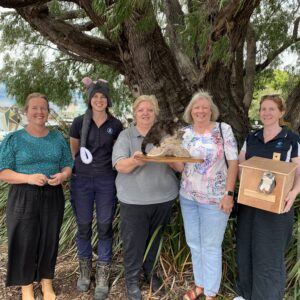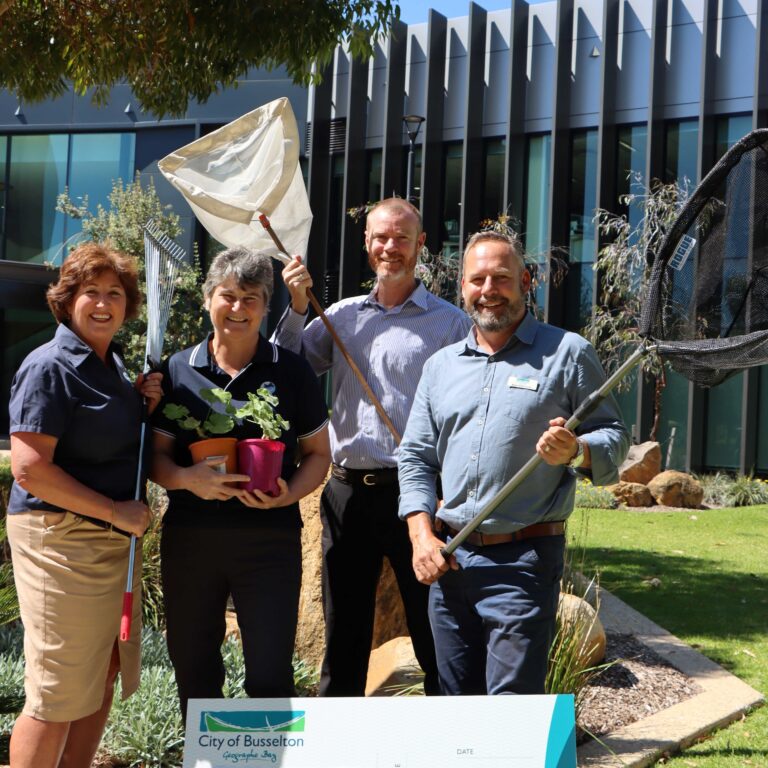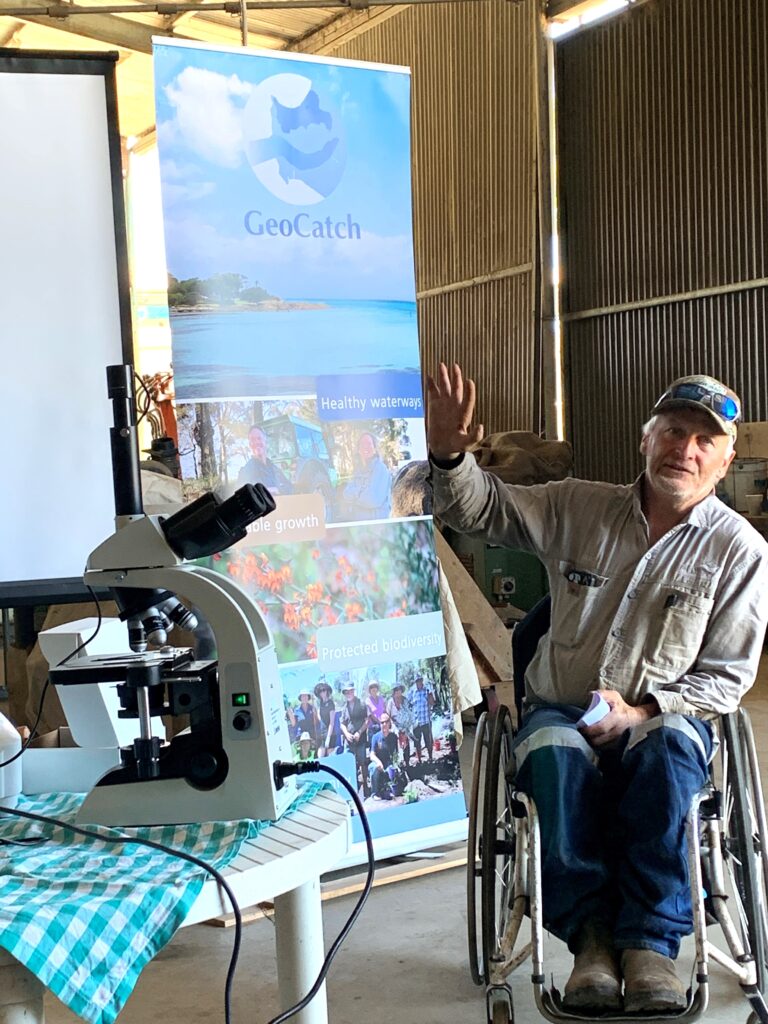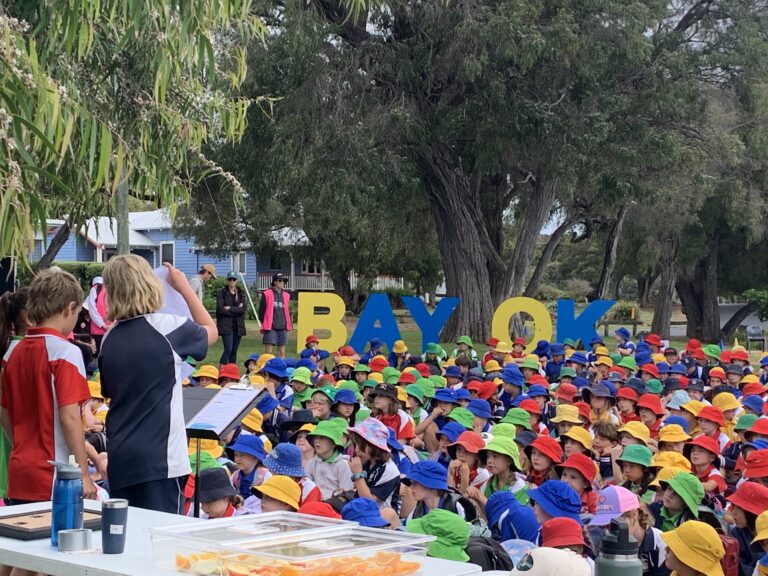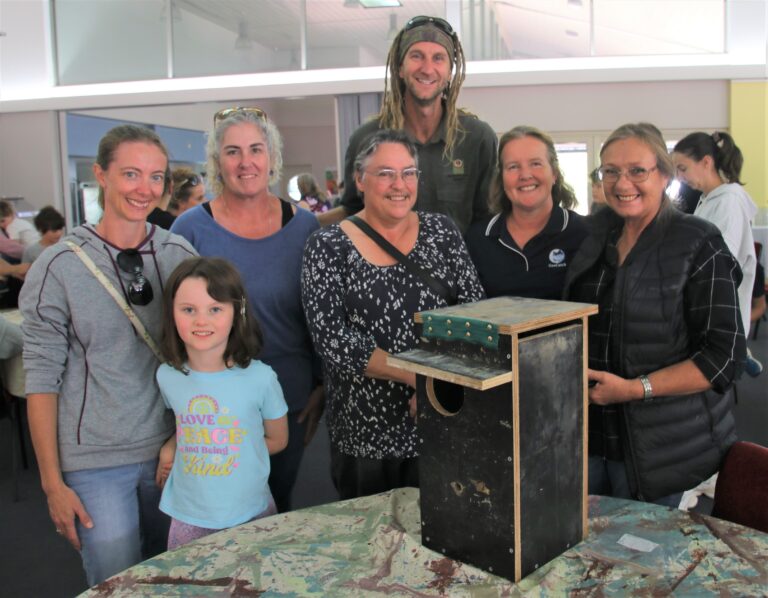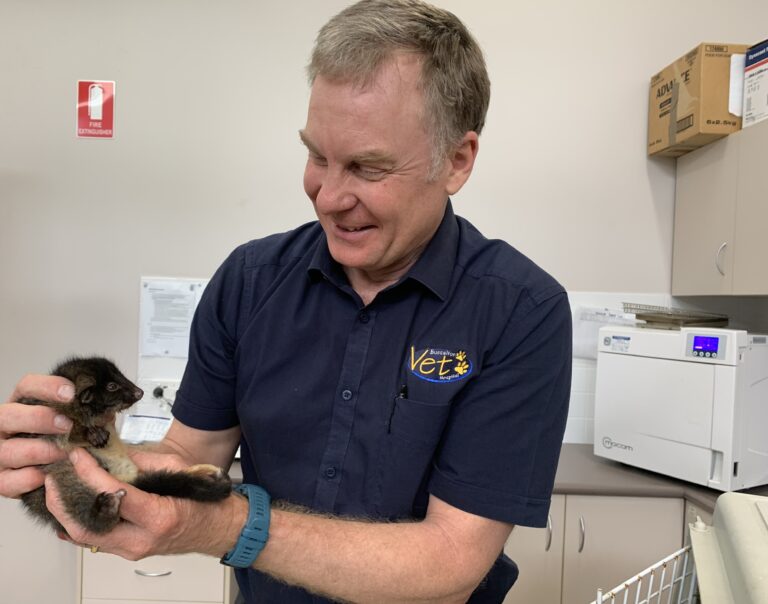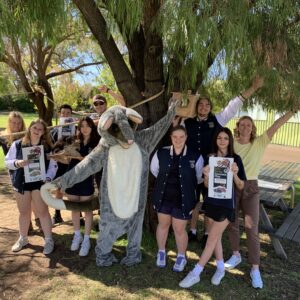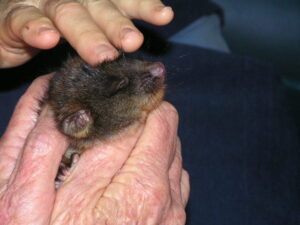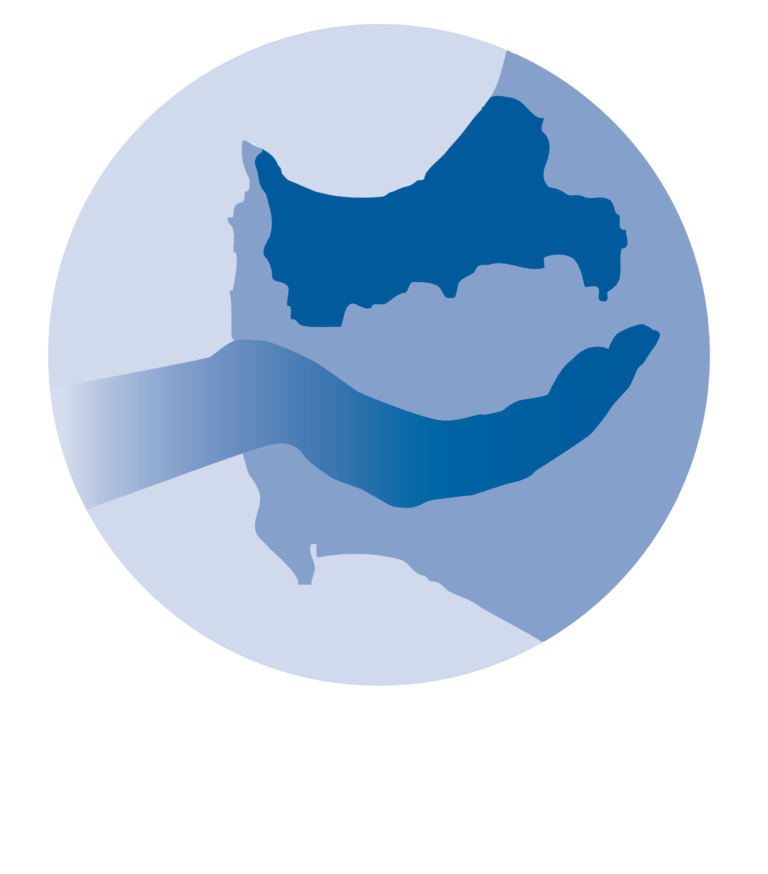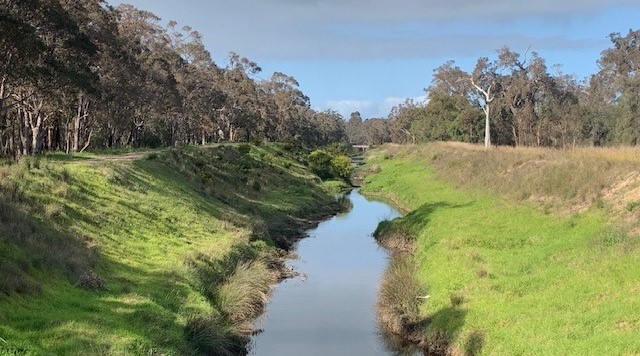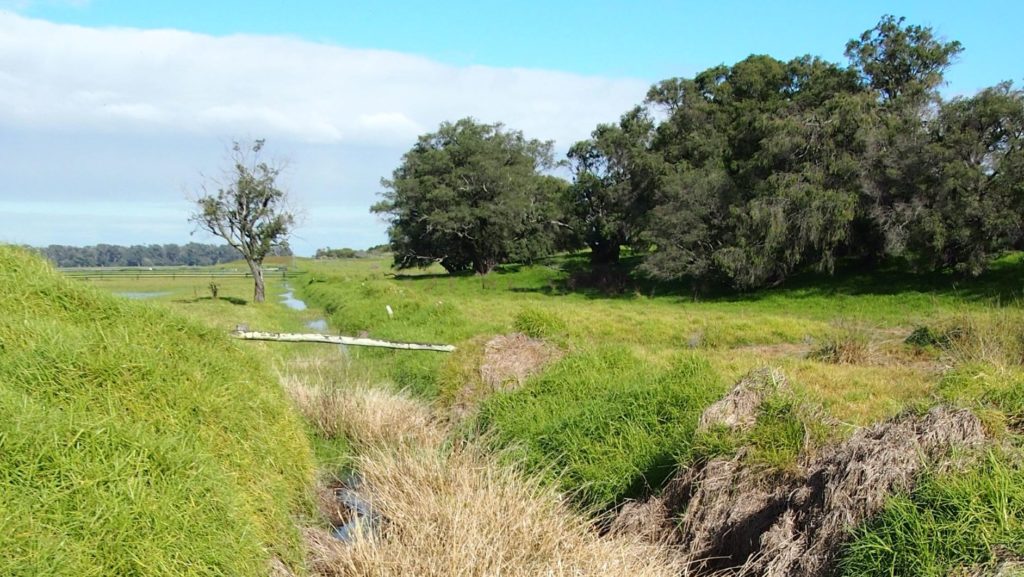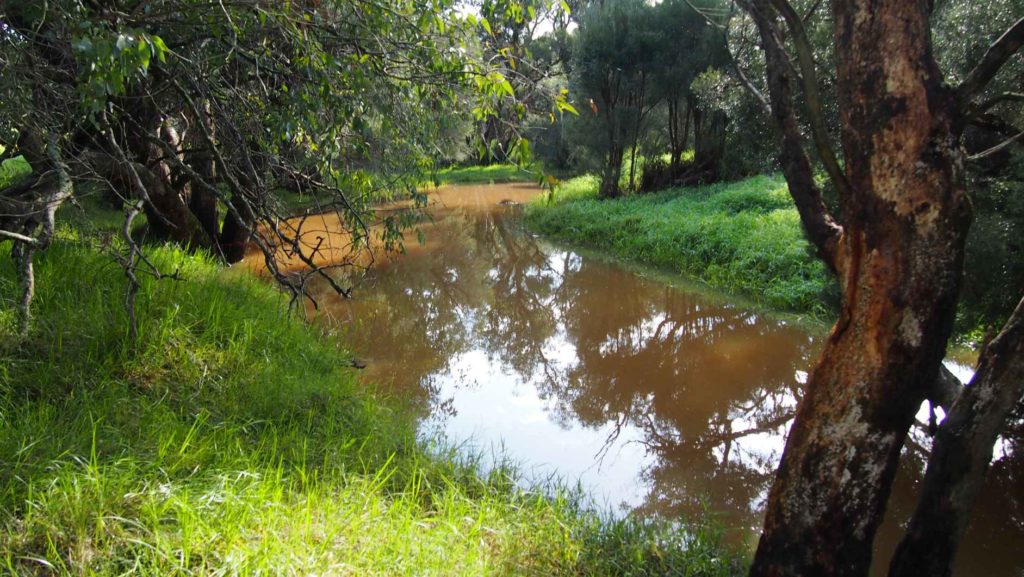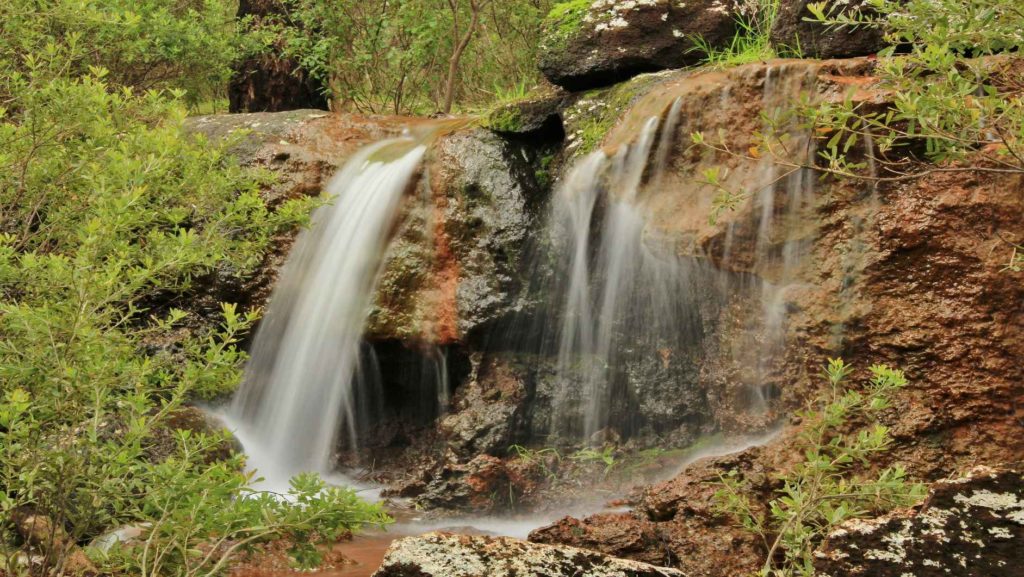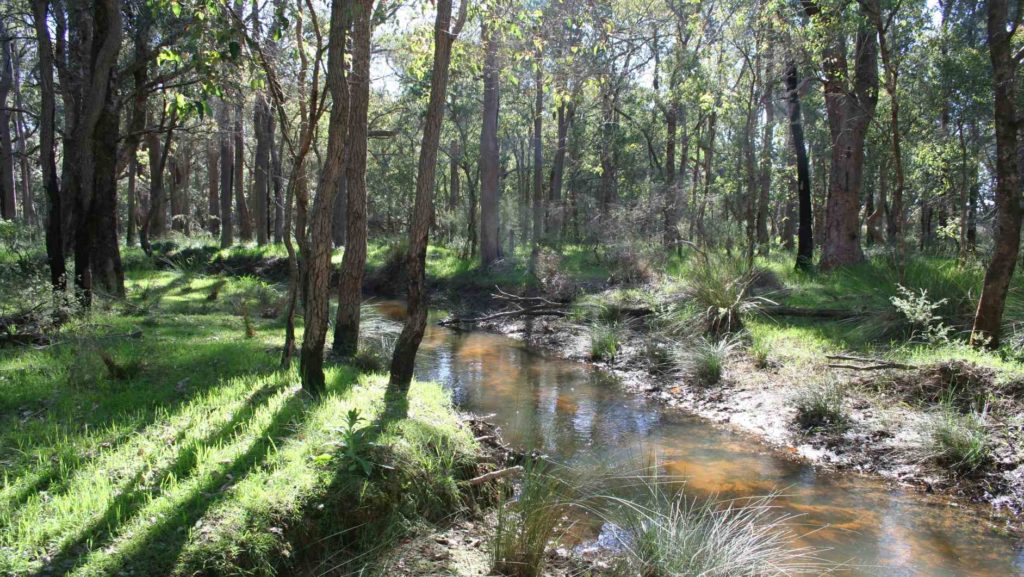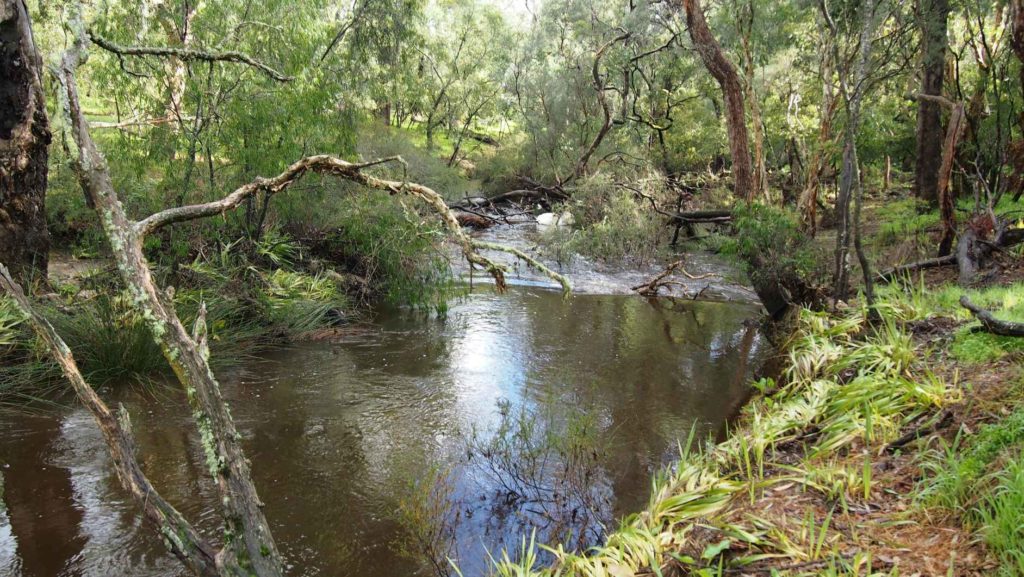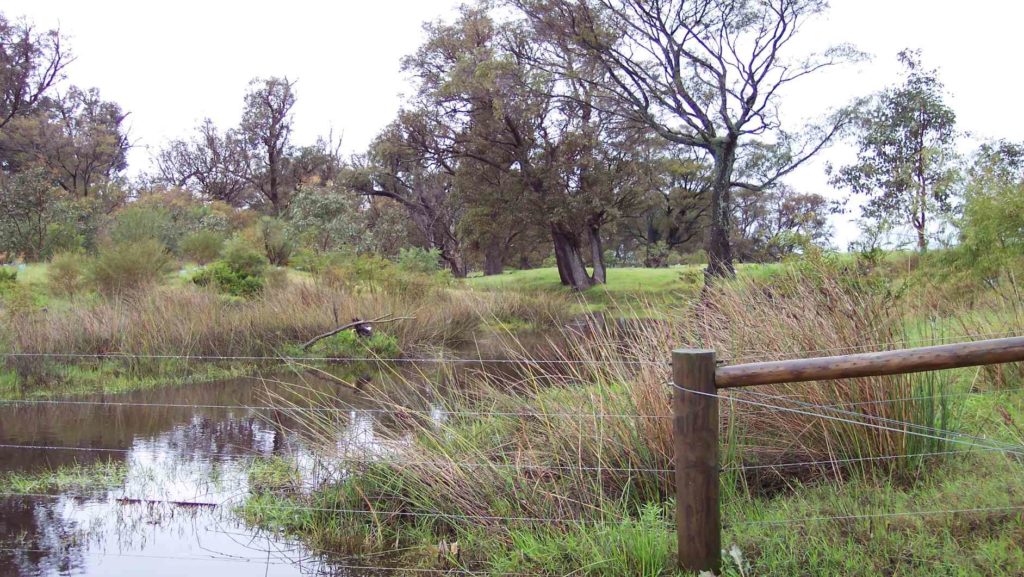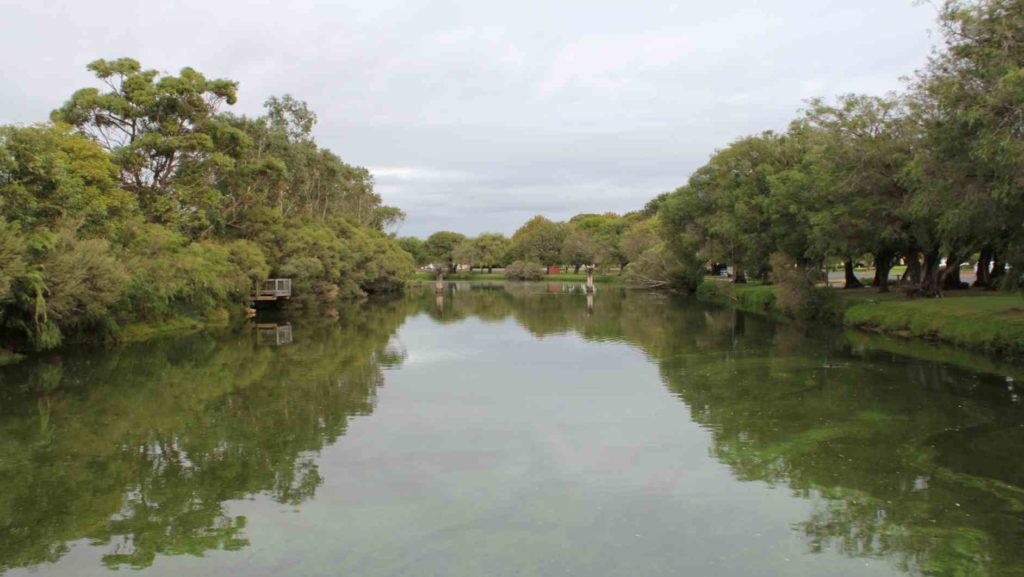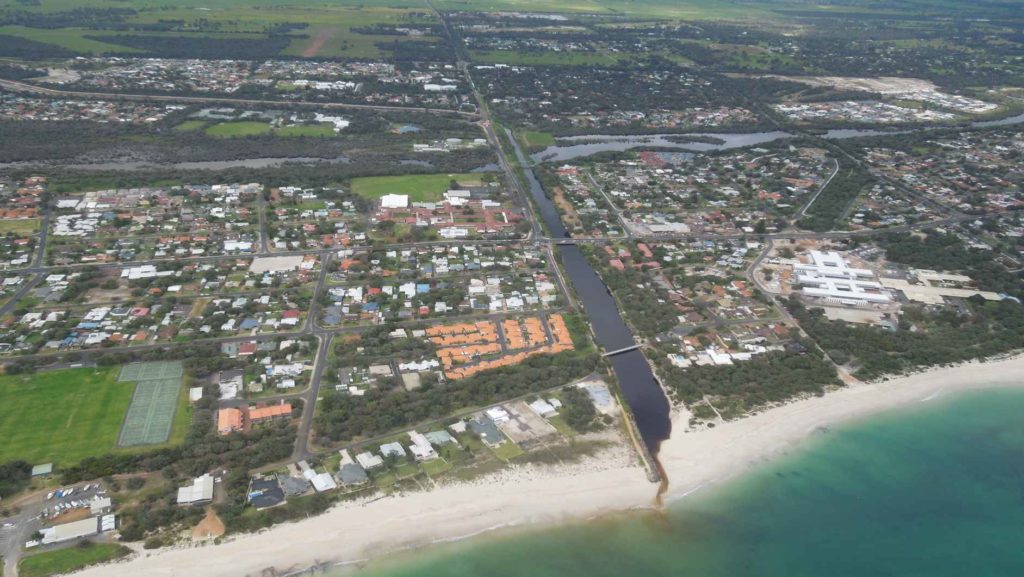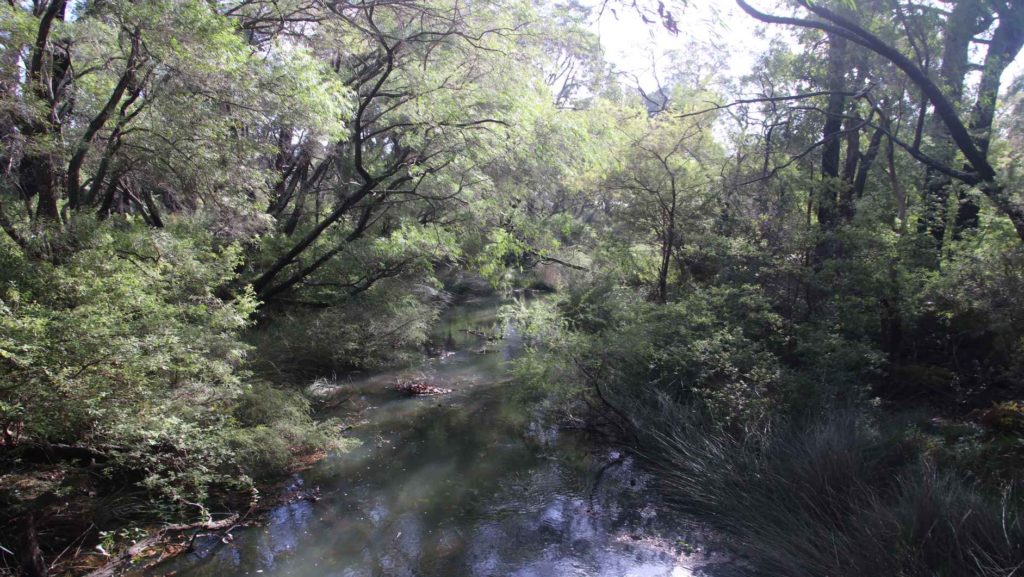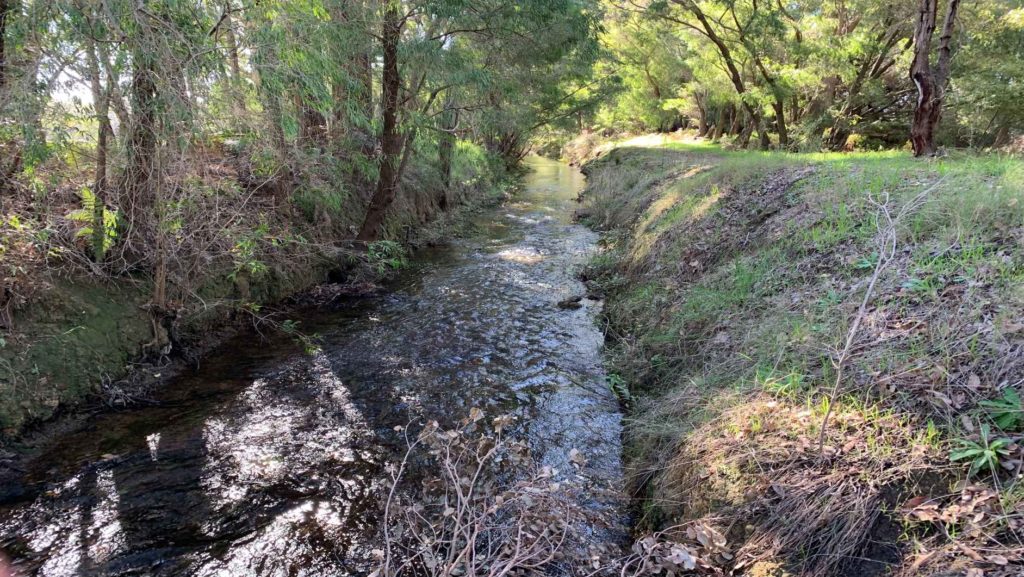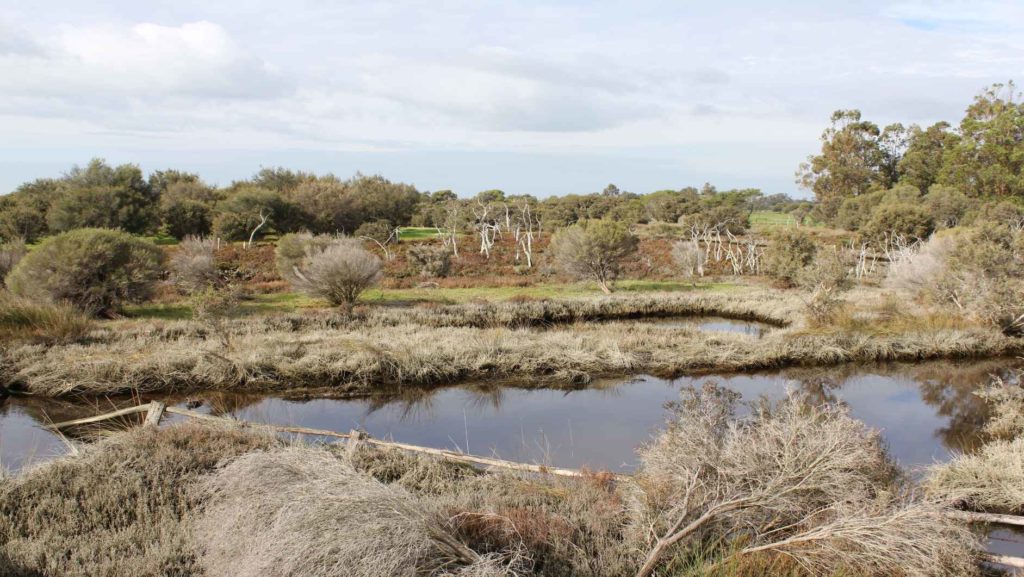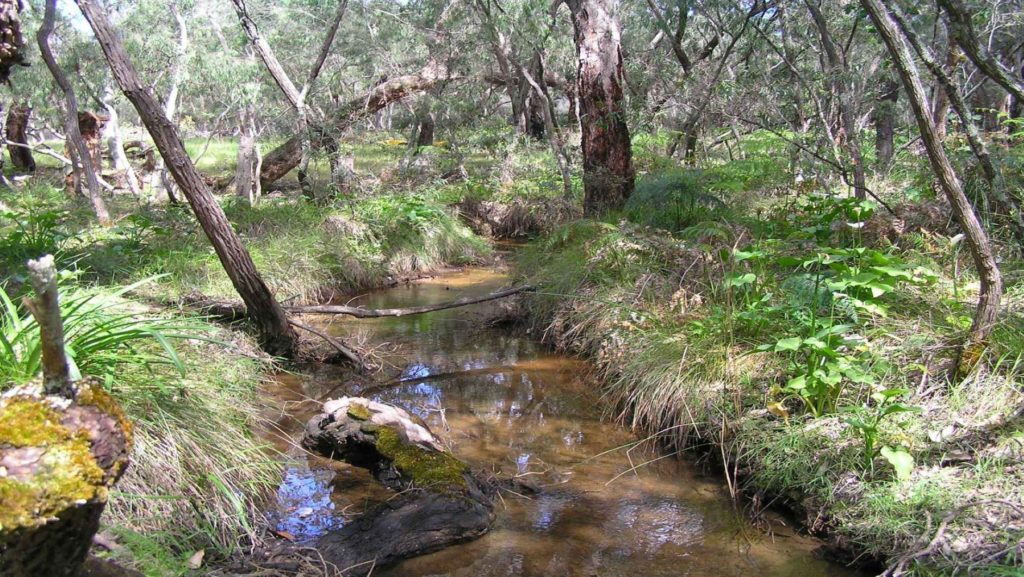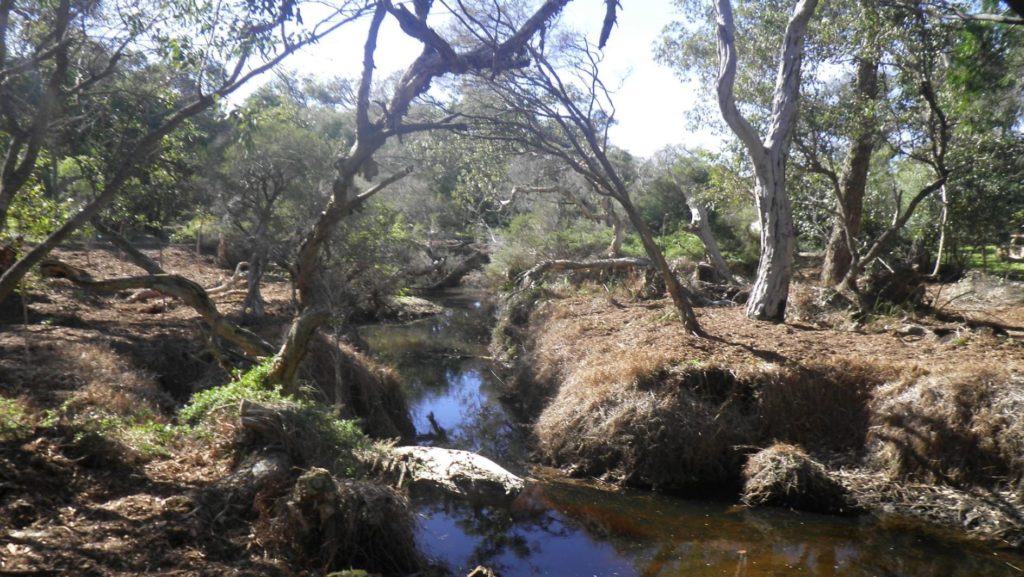The 2023 Ringtail Tally revealed some sobering statistics, with 64% of Western Ringtail Possum fatalities occurring on our roads. Many more possums are injured by traffic, domestic pets, and foxes. There is now cause for hope with a new project to train wildlife rehabilitators in first aid for possums.
Local wildlife rehabilitators are invited to join Dr. Richard Lucas from Busselton Vet Hospital and local veterinarian Dr. Felicity Bradshaw for First Aid for Possums, a training course designed specifically for wildlife rehabilitators caring for injured or sick possums.
Members of the Western Ringtail Action Group (WRAG) identified a need in the community for better training and care of Western Ringtail Possums. “This training will contribute to successful welfare and rehabilitation outcomes for Western Ringtail Possums,” said Dr Felicity Bradshaw.
This training opportunity hopes to bring local wildlife rehabilitator groups together to ensure all groups have access to the same current first aid procedures, information, and knowledge. It is also an excellent opportunity for networking between groups working towards common goals.
“Having the training delivered by local vets with local knowledge is of great importance to the survival of possums and other native wildlife” says WRAG member Jo Kennedy from Dunsborough Busselton Wildlife Care.
FAWNA wildlife rehabilitator Suzanne Strapp is looking forward to sharing knowledge with experts in the field of native animal rehabilitation. “Local vets are dealing with injured possums all the time and are best positioned to share their expertise and experience with volunteer wildlife rehabilitators. This will give the critically endangered Western Ringtail Possum the best chance of survival after injury or illness,” said Suzanne.
The course has been specifically designed to address real-life scenarios, with content covering possum welfare, emergency management and triage, burns, broken bones, pain management, bloating, gut biome, bandaging, and fluid administration.
First Aid for Possums is funded using the proceeds from the sale of Western Ringtail Possum soft toys at Busselton and Margaret River Visitor Centres, with community members and visitors purchasing over 650 toy possums over 3 years. These sales are part of an ongoing regional partnership between the Margaret River Busselton Tourism Association and the Western Ringtail Action Group, with proceeds invested into possum conservation projects, as determined by WRAG. The soft toys are still available to purchase from the Busselton and Margaret River Visitor Centres, with $10 from every sale going to possum conservation projects.
GeoCatch Project Officer Nicole Lincoln praised the community for their support of the program, which will hopefully see many injured possums rehabilitated and released into their natural environment. “This support has raised over $6500, which will be invested directly into local conservation efforts,” said Nicole.
First Aid for Possums will be held Saturday 11th November 10.30 am – 1.30 pm in Busselton. Licensed wildlife rehabilitators affiliated with a wildlife group are invited to register for this event via geocatch.asn.au. This event is not intended for those wanting to become a wildlife rehabilitator. This course is for carers currently working in the field of wildlife rehabilitation.
Photo 1: Western Ringtail Action Group members Nicole Lincoln (GeoCatch), Tayla Cartagena (Department of Biodiversity, Conservation and Attractions), Sue McGann (FAWNA) , Linda Falconer (Possums R Us), Katrina Zeehandelaar-Adams (Leschenault Catchment Council)
Photo 2: Dr Richard Lucas from Busselton Vet.
